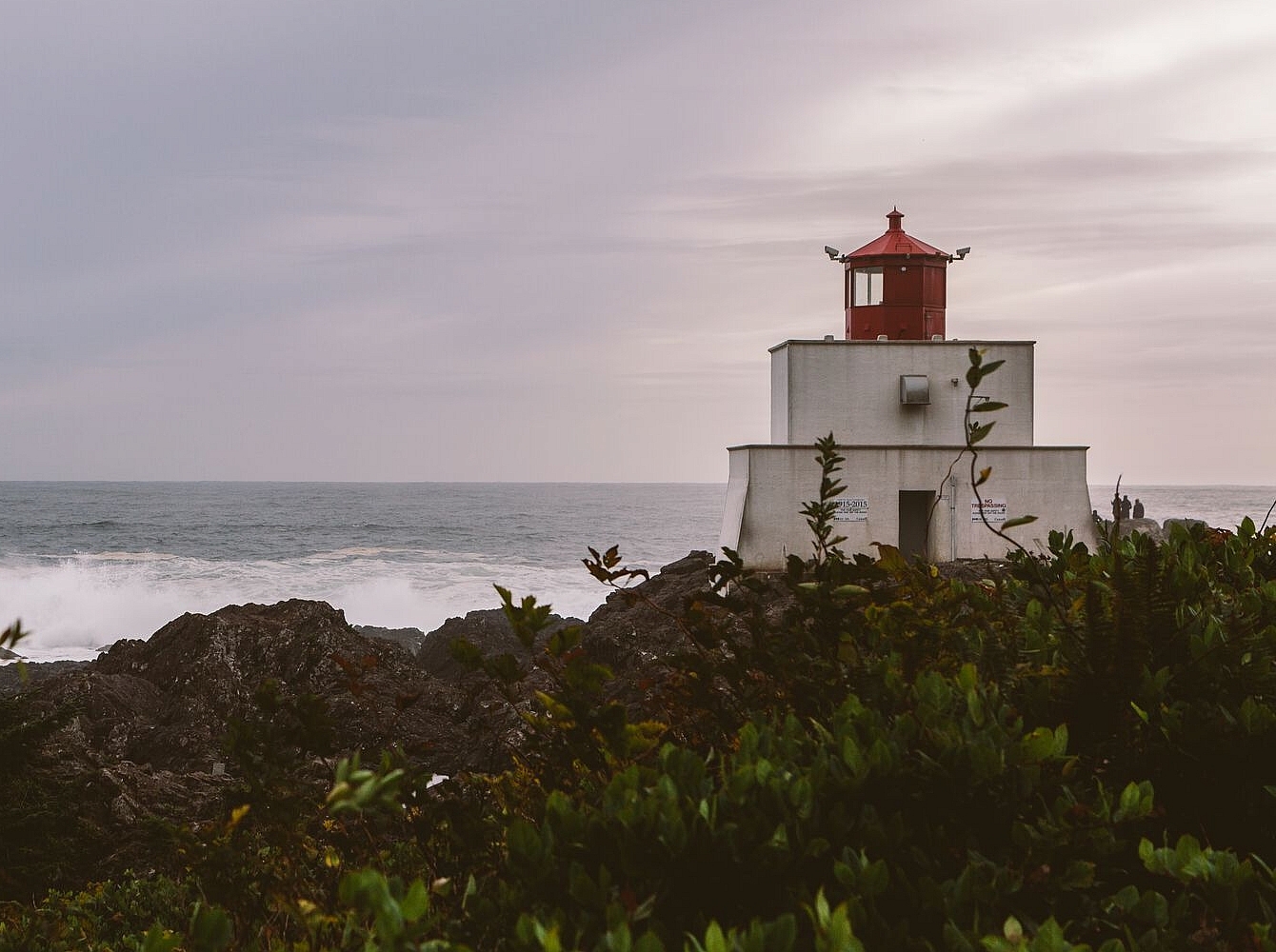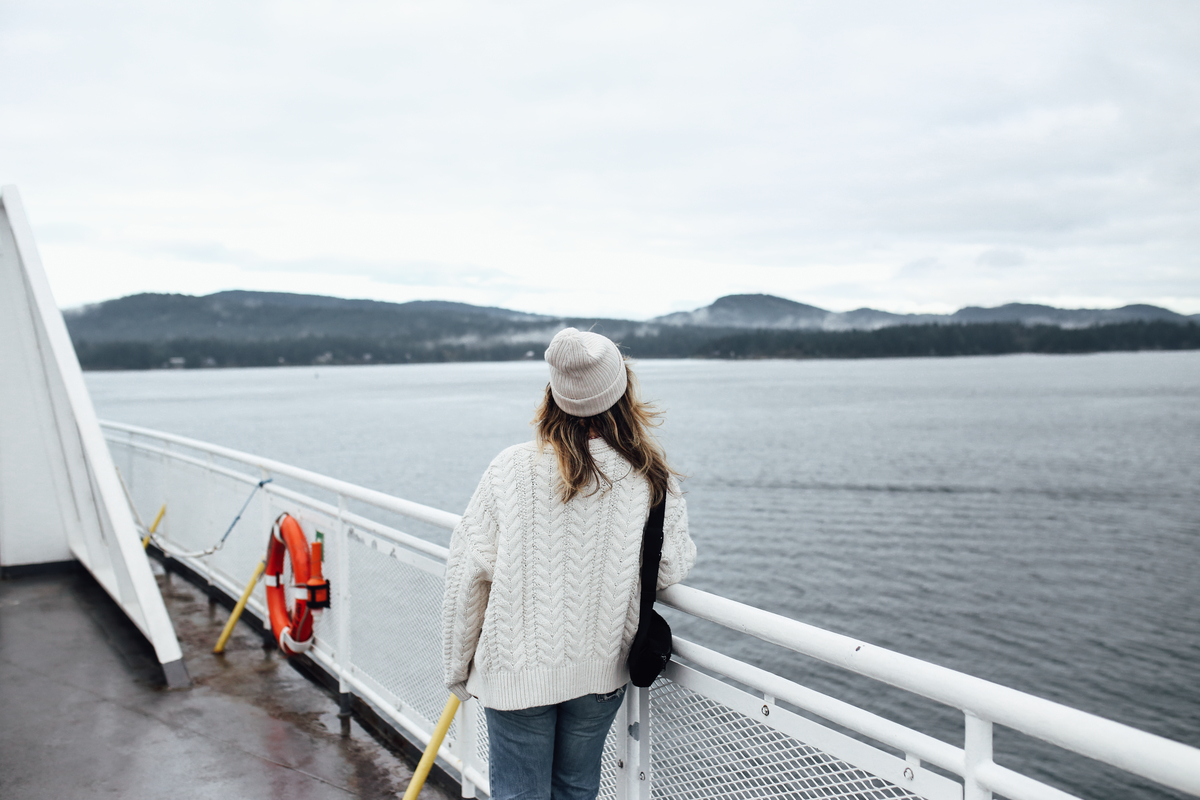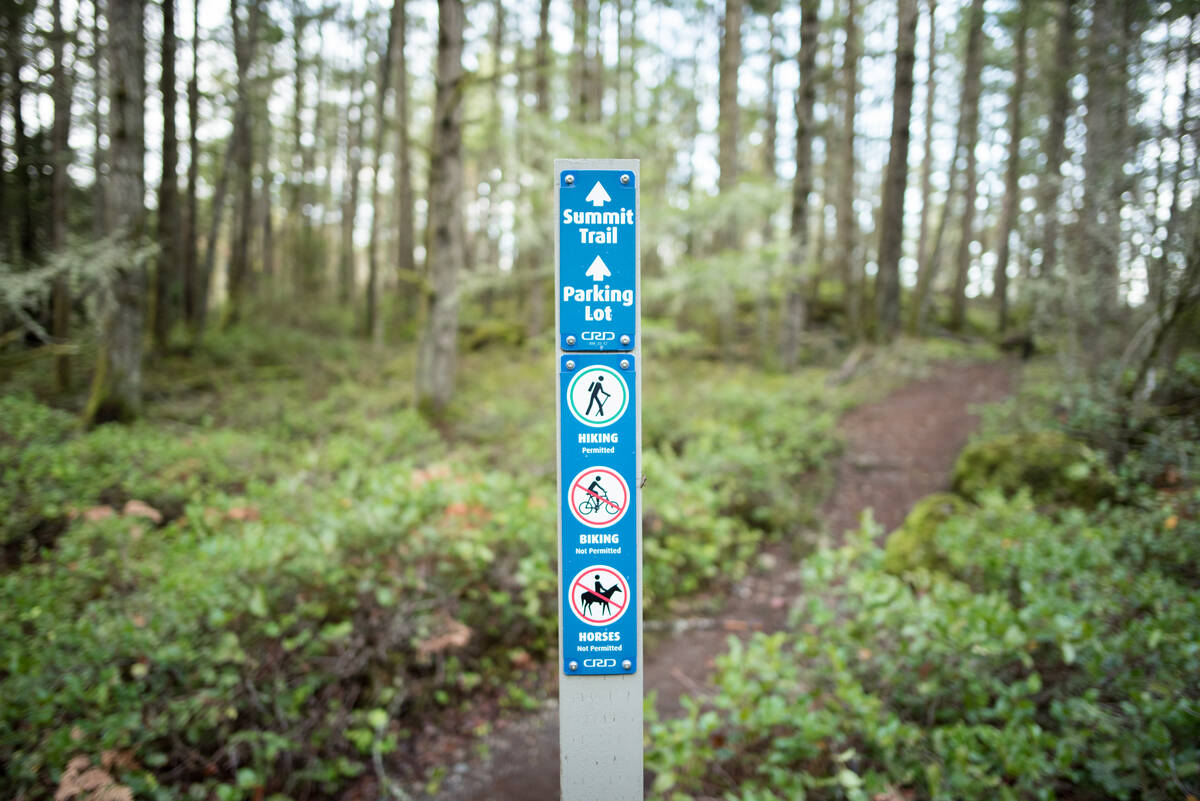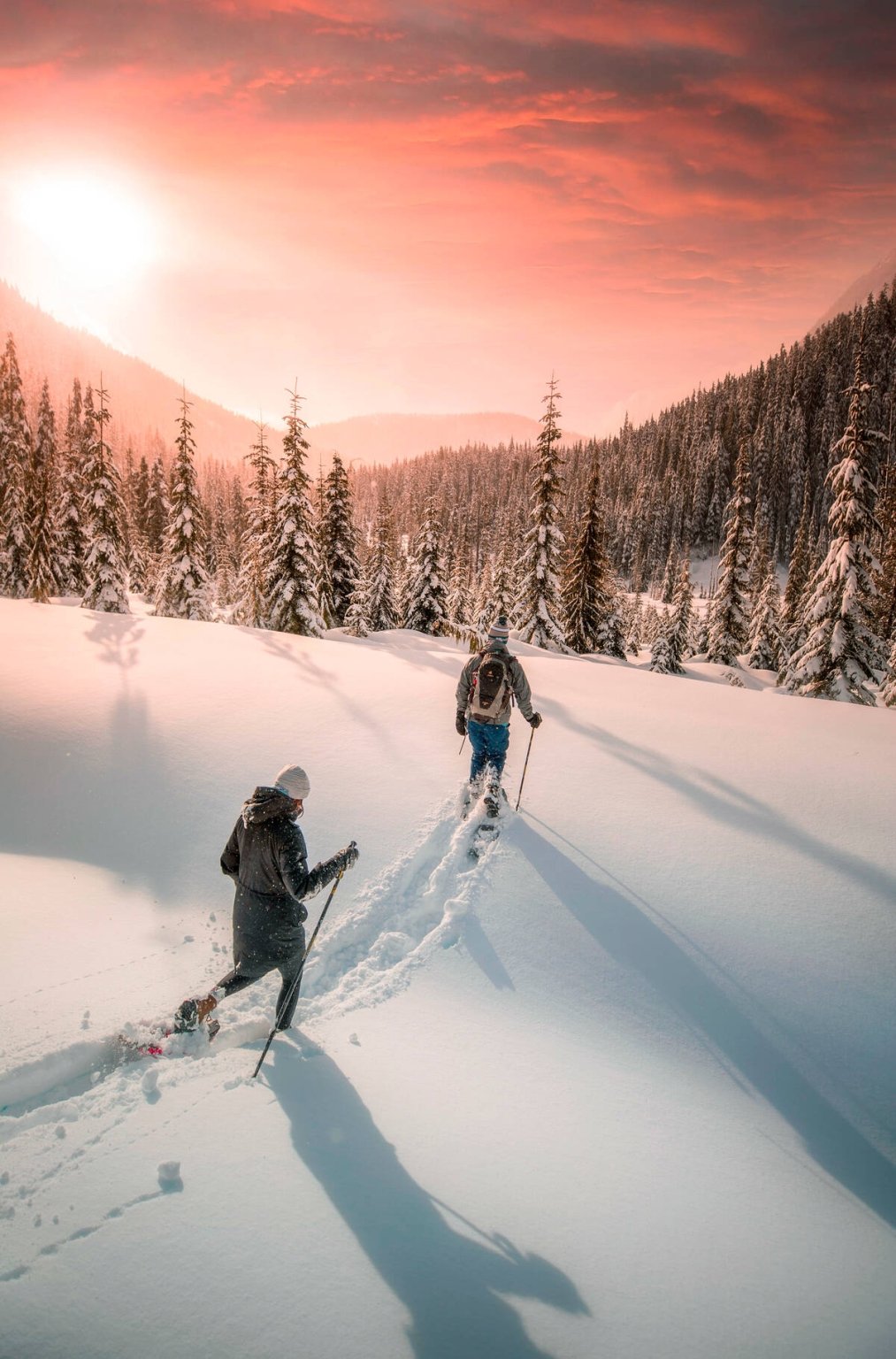Alert Bay Ecological Park, Vancouver Island North
Level: Easy
Time: 30 minutes
Distance: 1.8-km loop
Typical Winter Conditions: Expect rain with some slippery sections on this boardwalk looped trail.
About the Hike: An easy, flat trail located in Alert Bay, on Cormorant Island (accessible via BC Ferries). With lots of variations in flora and fauna throughout the trail, Alert Bay Ecological Trail is a wonderful place to breathe in a bit of nature’s goodness in the wintertime.
Where to Stay: Located a 45-minute ferry ride from Port McNeill, Alert Bay is a quiet place to stay in the off season. Seine Boat Inn features panoramic ocean views and a rustic, sea-washed charm.
Where to Eat: For home-cooked Indigenous food, don’t miss Duchess’ Bannock & Desserts. The ‘Na̱mg̱is-owned and -operated restaurant offers daily lunch specials, with large portions that are great for refuelling after exploring the outdoors.
Alert Bay






